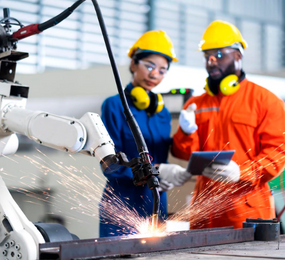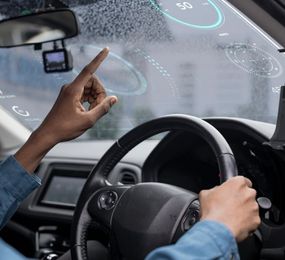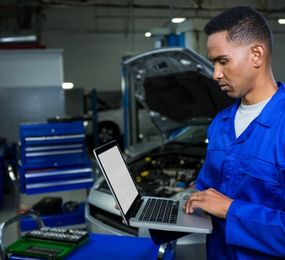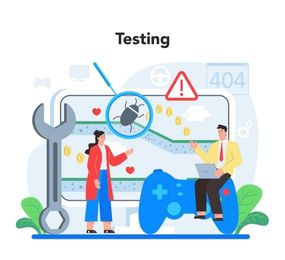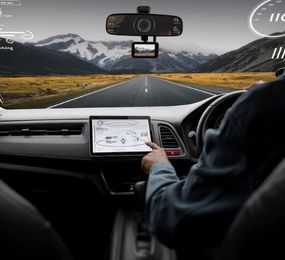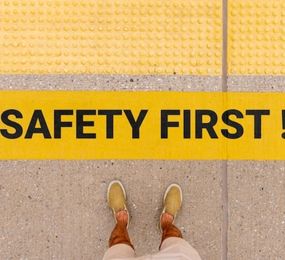The automotive industry is in a state of constant evolution, with advancements in technology driving rapid changes in vehicle design and functionality. As vehicles become more complex and increasingly connected, ensuring their safety is paramount. Functional safety, the discipline focused on minimizing risks arising from malfunctions, is adapting to these changes with emerging trends that are shaping the future of automotive safety.
1. The Rise of Software-Defined Vehicles
Software is playing an increasingly important role in modern vehicles, enabling advanced features and functionalities. This shift towards software-defined vehicles requires a new approach to functional safety, focusing on software integrity, testing, and validation.
2. Cybersecurity Integration
With increasing connectivity comes increased vulnerability. Cybersecurity threats pose a significant risk to functional safety, as malicious actors could potentially compromise safety-critical systems. Integrating cybersecurity measures into functional safety processes is becoming crucial. Standards like ISO/SAE 21434 are gaining prominence.
3. Artificial Intelligence and Machine Learning
AI and machine learning are transforming various aspects of the automotive industry, including functional safety. AI can be used for tasks like hazard analysis, fault detection, and test case generation. However, ensuring the safety of AI-based systems themselves is a new challenge.
4. Focus on the Entire Vehicle Lifecycle
Functional safety is no longer limited to the development phase. There is a growing emphasis on considering safety throughout the entire vehicle lifecycle, from design and manufacturing to operation and maintenance. This includes over-the-air (OTA) updates and their potential impact on safety.
5. Collaboration and Standardization
Collaboration among industry stakeholders is essential to address the complex challenges of functional safety. Initiatives like the standardization of safety processes and the sharing of best practices are gaining momentum.
6. Model-Based Systems Engineering (MBSE)
MBSE is gaining traction as a valuable tool for designing and analyzing complex automotive systems. It enables engineers to create virtual models of systems to simulate and test their behavior, improving efficiency and reducing the risk of errors.
7. Emphasis on Human Factors
As vehicles become more automated, the role of the human driver is evolving. Understanding human behavior and designing interfaces that minimize the risk of human error is becoming increasingly important.
8. The Evolution of ISO 26262
ISO 26262, the automotive functional safety standard, is constantly evolving to address new challenges and technologies. Updates and revisions to the standard reflect the latest trends and best practices in the field.
The field of automotive functional safety is dynamic and constantly adapting to the rapid pace of technological advancements. By staying abreast of these emerging trends, automotive manufacturers and engineers can ensure the safety and reliability of next-generation vehicles, paving the way for a safer and more connected future.
Register today to secure your spot, please check here: https://bit.ly/3QhdZkK
For more information and group participation, contact us: [email protected]


